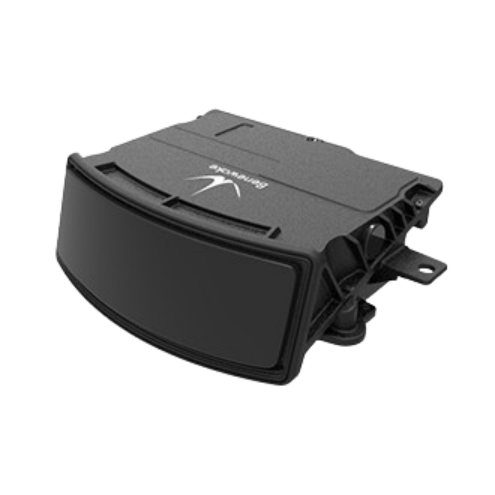Short Distance Series Product Model
Long Distance Series Product Model
Kilometer-level
Long Distance Series Product Model

2024-09-19

Key Components of LiDAR Hardware
When we talk about LiDAR hardware, we typically refer to several key components that work in harmony to deliver precise data. The primary elements include the laser source, the scanning mechanism, receivers, and processing units. At Benewake, we understand that each component plays a vital role in the overall functionality of our LiDAR systems.
The laser source emits pulses of light that travel at high speeds. These pulses reflect off objects in their path, allowing us to measure distances based on the time it takes for the light to return. Our LiDAR hardware incorporates high-quality lasers to ensure accuracy and reliability. The scanning mechanism, often using rotating or oscillating technologies, ensures that we can capture data from various angles, allowing for complete environmental mapping.
The Importance of Receivers in LiDAR Hardware
Receivers are another critical component of LiDAR hardware. They detect the reflected light and convert it into electrical signals. At Benewake, we use advanced photodetector technology in our LiDAR hardware to increase sensitivity and improve performance in diverse conditions. This capability is essential, as the effectiveness of a LiDAR sensor largely depends on its ability to capture returning signals accurately.
Our receivers work in conjunction with sophisticated algorithms that filter out noise and enhance signal clarity. This ensures that the data collected is not only reliable but also usable for analysis and decision-making in real-time applications. By investing in high-performance receivers, we enhance the overall efficiency and accuracy of our LiDAR hardware.
Processing Units: The Brain Behind LiDAR Hardware
The processing units in our LiDAR hardware are essentially the brains that interpret the signals received from the photodetectors. They analyze the time-of-flight data generated by the reflected laser pulses and convert it into meaningful information. At Benewake, we prioritize powerful processing capabilities to ensure our LiDAR sensors deliver quick and accurate results.
These processing units also house the algorithms that enable features such as object detection, classification, and mapping. Our commitment to continuous innovation means we are constantly improving our processing technologies to keep pace with advancements in the field, ensuring our LiDAR hardware remains at the forefront of industry standards.
Conclusion
In conclusion, understanding the essential components of LiDAR hardware is crucial for appreciating how this technology works. At Benewake, we take pride in engineering high-quality LiDAR hardware that combines reliable laser sources, sensitive receivers, and powerful processing units. Together, these elements create robust systems capable of delivering precise and actionable data for various applications. Whether you’re involved in autonomous driving, surveying, or robotics, our LiDAR hardware is designed to meet your needs and exceed your expectations.